This website uses cookies so that we can provide you with the best user experience possible. Cookie information is stored in your browser and performs functions such as recognising you when you return to our website and helping our team to understand which sections of the website you find most interesting and useful.

Ergonomic Mouse: From the Earliest Designs to Contemporary Styles
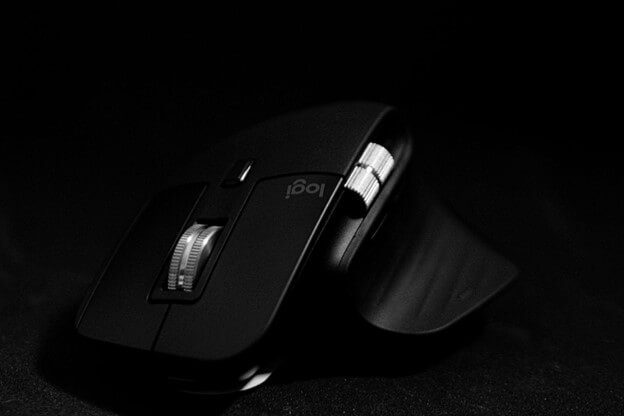
Ergonomic Mouse: From the Earliest Designs to Contemporary Styles
With the advancement of technology and the popularization of computers, more and more people need to use computers for long periods of time for work and entertainment every day. However, using a traditional mouse for extended periods can have adverse effects on the hands and wrists, such as muscle pain, strain, and chronic diseases. To address these issues, the ergonomic mouse was developed. Ergonomic mice, by improving design and structure, aim to enhance user comfort and work efficiency while reducing the health risks associated with long-term mouse use. Therefore, ergonomic mice play a significant role in improving people’s working environment and quality of life.
This article aims to introduce the basic concepts, development history, and contemporary different types of ergonomic mouse designs. By analyzing actual product cases, the article will explore the features and application scenarios of various ergonomic mice, helping readers better understand the advantages of ergonomic mice and choose suitable products for themselves. The scope of the article covers ergonomic principles, the relationship between mouse design and ergonomics, the evolution of early ergonomic mice, and the styles and features of contemporary ergonomic mice. It is hoped that through this article, readers will gain a deeper understanding and appreciation of ergonomic mice.

Ergonomic Mouse: Basic Concepts
Ergonomic Principles
Ergonomics is a science that studies the interaction between people and the tools they use, aiming to optimize product design to achieve higher user comfort and work efficiency. Ergonomics focuses on understanding the physiological and psychological characteristics of humans when using various products and equipment, and designing products that better meet human needs based on these characteristics. Ergonomic principles usually involve research and improvement in areas such as work environment, work posture, tool design, and operation methods.
The Relationship Between Ergonomics and Mouse Design
As an important tool for computer operation, mouse design is closely related to ergonomics. Traditional mouse designs may cause problems such as excessive wrist rotation, excessive finger bending, and prolonged tension, which can lead to wrist strain, muscle pain, and chronic diseases (such as carpal tunnel syndrome).
Ergonomic mouse designs take into account various user needs, such as hand shape, grip strength, and operation methods. By analyzing these needs, designers can create mouse products that better meet human needs, reducing user discomfort and long-term injury risk during operation. For example, the design of a vertical mouse can reduce wrist twisting, while a curved mouse can help alleviate pressure on the fingers and palms. In addition, adjustable and customizable ergonomic mice allow users to make adjustments based on their needs, achieving optimal comfort and operation results.
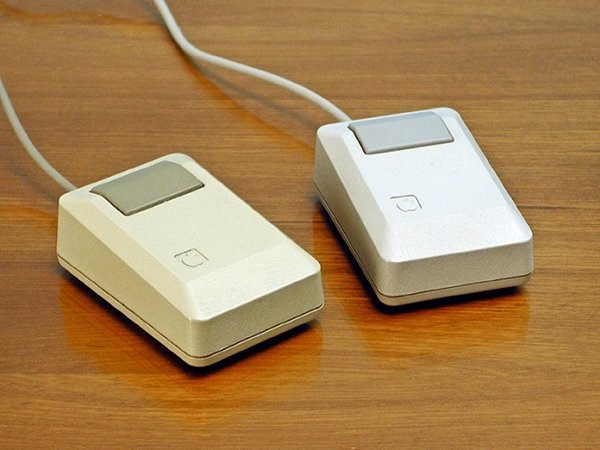
Early Evolution of Ergonomic Mice
Ergonomic Considerations in First-Generation Mouse Design
The first-generation mouse was born in the 1960s, and designers at that time had already recognized the importance of ergonomics in mouse design. Early mouse designs usually focused on simple shapes and convenient operation. Although these designs had not yet achieved perfect ergonomic effects, they provided a foundation for subsequent mouse designs.
Design Trends in the 1980s and 1990s
In the 1980s and 1990s, as computers became more popular, mouse design began to pay more attention to ergonomics. Mouse designs during this period tended to incorporate more comfort and ease-of-use elements, such as increasing the number of buttons to reduce finger movement, and improving scroll wheel design to increase scrolling efficiency. In addition, mouse designs at this time began to focus on the needs of different users, such as designing dedicated mice for left-handed users and developing customized mice for specific application scenarios (such as drawing, gaming, etc.). In this process, the appearance and functions of mice gradually became more diverse and personalized.
Key Technologies and Innovations that Influenced Subsequent Mouse Designs
With the development of technology, some key technologies and innovations have had a significant impact on subsequent mouse designs. For example:
- The emergence of optical sensors: Traditional mechanical ball mice were easily affected by dust and dirt, while optical sensors made mouse operation more accurate and stable, while reducing maintenance requirements.
- The development of wireless technology: The emergence of wireless mice provided users with higher freedom and flexibility, eliminating wire tangling and desktop clutter, and offering more possibilities for ergonomic mouse design.
- Adjustable and customizable designs: As the understanding of ergonomic needs deepened, mouse designs began to introduce adjustable and customizable elements, such as adjustable-angle mouse bodies, replaceable side supports, and palm rests. These designs provided better personalized choices for different users, making ergonomic mice more suitable for various hand shapes and grips.
These key technologies and innovations not only improved the performance and comfort of mice but also laid the foundation for the development of modern ergonomic mice, leading designers to continuously try and innovate to pursue higher ergonomic standards.
Contemporary Ergonomic Mouse Styles and Features
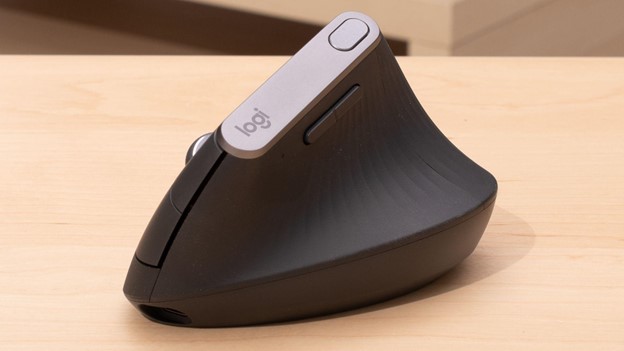
Vertical Mouse
The design of a vertical mouse allows the user’s wrist to remain in a more natural vertical posture, reducing wrist rotation and lowering the risk of carpal tunnel syndrome. Representative product: Logitech MX Vertical. This vertical mouse combines ergonomic design and high performance, providing a more comfortable and healthy grip.
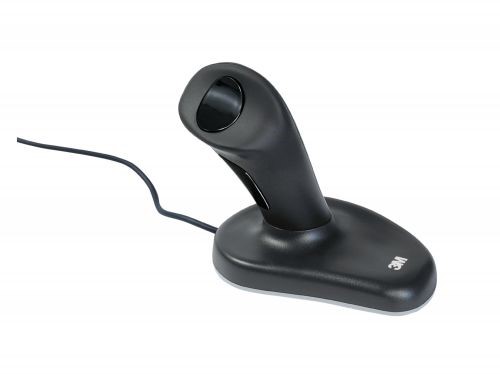
Extended Finger Mouse
The extended finger mouse design keeps the fingers in an extended position, relieving pressure on the fingers and wrists. Representative product: 3M Ergonomic Mouse. This mouse features a vertical grip design, with fingers placed on top of the mouse, effectively relieving finger fatigue.
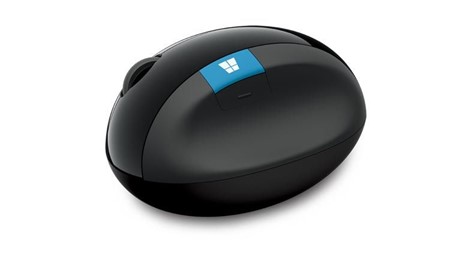
Curved and Split Mice
Curved and split mice are specially designed to better adapt to the user’s hand shape and grip. Representative product: Microsoft Sculpt Ergonomic Mouse. This mouse has a curved design that fits the natural curvature of the palm, reducing pressure on the fingers and wrists; another product is the Kinesis Freestyle2, which is a split mouse with independent sides that can be adjusted in angle and distance according to user needs, providing a more comfortable experience.
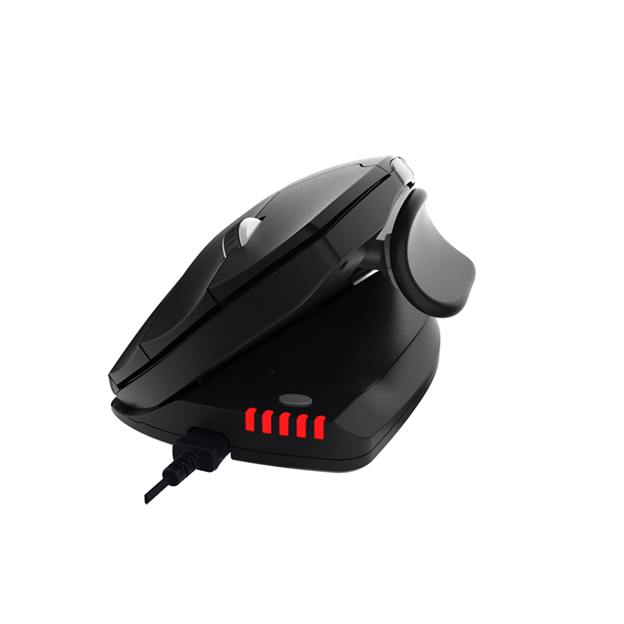
Adjustable and Customizable Ergonomic Mice
Adjustable and customizable ergonomic mice allow users to make adjustments based on their needs and preferences to achieve optimal comfort and operation results. Representative product: Contour Unimouse. This mouse offers various adjustment options, including an adjustable vertical angle, extendable thumb support, etc., allowing users to find the most suitable grip for themselves.
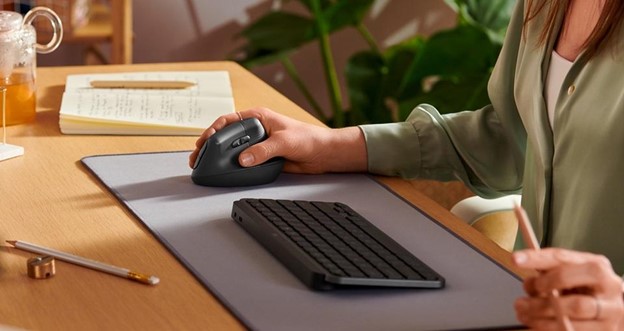
User Reviews and Actual Usage Experience
a. Different groups’ demand for ergonomic mice
Ergonomic mice have a wide range of demand among different groups. For example, office workers and freelancers who use computers for long periods may choose ergonomic mice to alleviate wrist fatigue and muscle pain. Gamers may seek mice with designs that better fit their hand shape, improving gaming experience and accuracy. Additionally, professional designers and graphic artists may need ergonomic mice with specific features, such as higher-resolution sensors and multi-functional buttons.
b. Benefits and challenges of using ergonomic mice
Using ergonomic mice has certain benefits, such as improved wrist posture, reduced stress, and lower risk of developing carpal tunnel syndrome and muscle strain. However, there are also challenges to using ergonomic mice. Adapting to a new mouse design may take some time, especially for those who have been using traditional mice for a long time. Moreover, the price of ergonomic mice is often higher than regular mice, which may deter some users. Lastly, due to the diverse designs of ergonomic mice, selecting one that suits oneself may require some trial and error.
c. Personalization and customization trends
As consumer demand for ergonomic mice continues to grow, personalization and customization trends are becoming more prominent. More and more mouse manufacturers are introducing adjustable and customizable ergonomic mice, allowing users to adjust according to their needs and preferences. For example, some mice allow users to adjust the vertical angle, palm support height, and thumb rest position. Additionally, some high-end mice offer interchangeable buttons and wheels to meet the needs of different application scenarios and usage habits. These personalized designs not only enhance user experience but also help prevent health problems caused by prolonged mouse use.
With the development of 3D printing technology, the possibilities for customized ergonomic mice are gradually expanding. Users can design unique mouse shells based on their hand shape and grip to achieve optimal comfort and performance. This customization trend is expected to drive innovation and diversification in the mouse market, meeting the needs of various users.
In summary, ergonomic mice have become the top choice for an increasing number of users.
However, different groups have different needs for ergonomic mice, so selecting a suitable mouse may require some trial and error. Although using ergonomic mice may pose certain challenges, the benefits and health advantages they provide should not be overlooked. Furthermore, personalization and customization trends are expected to further drive innovation and diversification in the mouse market, meeting the needs of different users. In the future, we look forward to ergonomic mice providing a more comfortable and healthier computer operating experience for more people.
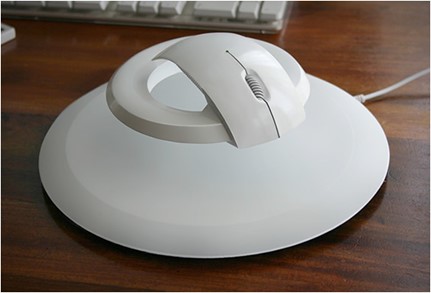
Future Development Directions of Ergonomic Mice
a. Application of new materials and technologies
With the continuous advancement of technology, new materials and technologies will play an important role in the development of ergonomic mice. For example, the use of lightweight and environmentally friendly materials can reduce the weight of the mouse, improving operational comfort; adaptive materials, such as shape memory alloys and smart gels, can make mice better adapt to users’ hand shapes and grips. In addition, new sensing technologies, such as optical tracking and laser sensing, can enhance mouse accuracy and sensitivity, providing users with a smoother operating experience.
b. Integration of intelligence and the Internet of Things
With the popularization of the Internet of Things and artificial intelligence technologies, the future development of ergonomic mice will be closely integrated with these technologies. For instance, mice can interact with other smart devices through wireless connections, achieving seamless cross-platform and cross-application operation. Moreover, AI algorithms can be used to analyze users’ operating habits, automatically adjusting mouse parameter settings to improve work efficiency and comfort. In the era of the Internet of Things, ergonomic mice will become an important interface in smart homes and office environments.
c. New opportunities in cross-domain collaboration
The future development of ergonomic mice will benefit from cross-domain collaboration with other fields. For example, collaboration with the gaming industry will bring ergonomic mice designed specifically for gaming, providing higher operation accuracy and immersive experiences; collaboration with the medical field will help develop mice better suited for specific health needs, such as special designs for carpal tunnel syndrome patients. Furthermore, integration with design, graphics, and other professional fields will encourage mouse manufacturers to develop more creative and practical products to meet professional users’ needs.
In the development of ergonomic mice, open innovation and cross-domain collaboration will become new trends. Many mouse manufacturers have realized that collaboration with other industry fields not only helps expand the market but also promotes product innovation and technological upgrades. For example, the integration of virtual reality (VR) and augmented reality (AR) technologies may enable ergonomic mice to become essential tools for operating in future virtual worlds.
The future development of ergonomic mice will benefit from the application of new materials and technologies, the integration of intelligence and the Internet of Things, and collaboration with different fields. These factors will drive innovation and diversification in the mouse market, meeting the needs of various user groups. With the continuous advancement of technology, we have reason to believe that ergonomic mice will continue to provide users with more comfortable and healthier computer operating experiences in the future.
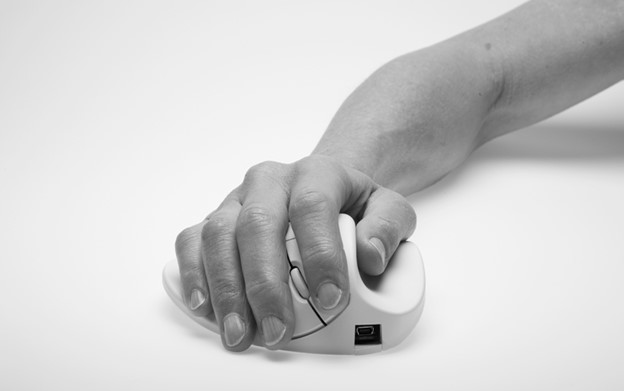
Conclusion
With the advancement of technology and the growing concern for health issues, ergonomic mice have become an increasingly popular choice for many people. From early designs to various innovative styles in the present day, ergonomic mice have continually evolved to meet user needs. In this article, we have explored the basic concepts, evolution, features, and future development directions of ergonomic mice, emphasizing the importance of ergonomic mice in enhancing user experience.
Ergonomic mice play a significant role in reducing hand fatigue, preventing strain injuries, and increasing work efficiency. Proper ergonomic design allows users to maintain comfort and health during extended computer use. Additionally, the diverse styles of modern ergonomic mice enable users to choose according to their needs and preferences. From vertical mice to split mice, each design offers unique advantages.
One of the aims of this article is to encourage readers to try and choose ergonomic mice suitable for their needs. When purchasing a mouse, readers should consider factors such as their usage habits, hand size and shape, and work environment. To ensure the best choice, readers can try different ergonomic mice styles in physical stores and select based on their comfort and needs. Simultaneously, with the development of personalization and customization trends, readers can also seek customized ergonomic mice for a product tailored to their requirements.
Finally, we look forward to the continued development and innovation of ergonomic mice in the future, not only providing users with better experiences but also playing a more significant role in the application of new materials, intelligence, and IoT technologies. With the emergence of cross-domain collaboration and innovation opportunities, ergonomic mice will offer users more diverse functionalities and higher user experiences.
Ergonomic mice are of paramount importance in enhancing user experience. Readers should actively try and choose ergonomic mice suitable for their needs to achieve a healthier, more comfortable, and efficient computer operating experience. We believe that in future developments, ergonomic mice will continue to improve, bringing more convenience and enjoyment to people’s lives and work.
Serafim M1 Transformer Mouse

The Serafim M1 transformer mouse features high-life and stable micro-switches, with a durability of up to 60 million clicks. It is equipped with an Instant a825 sensor, providing up to 12,800 DPI sensitivity and a 1000Hz polling rate. Combined with the M1 Shield’s ergonomic grip design, this mouse performs excellently in various scenarios such as daily use, work document processing, and intense gaming.
Whether you are a professional seeking efficient work or a passionate gamer, the Serafim M1 mouse can meet your needs. Its outstanding performance, sensitivity, and comfortable grip will bring you an unprecedented user experience. Choose the Serafim M1 mouse, allowing you to excel in various fields.
Want to learn more? Click on the link now 👉 https://serafim-tech.com/product/serafim-m1_en/









